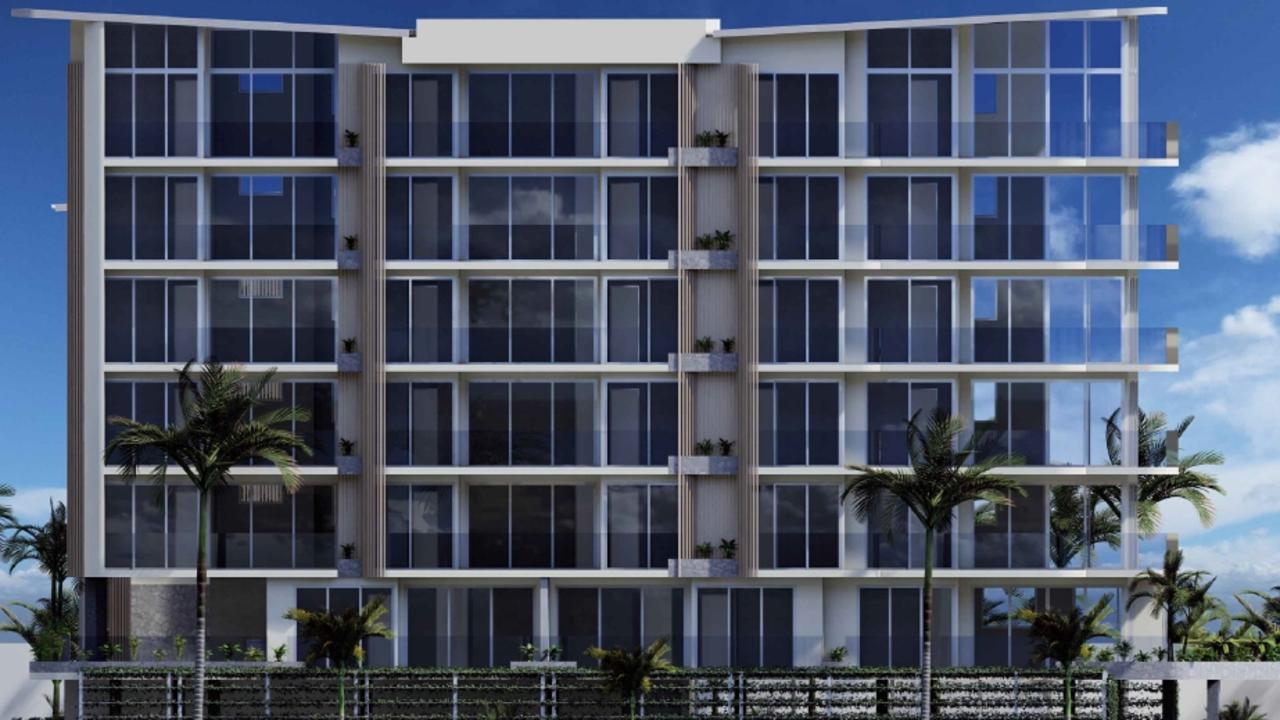Gold Coast housing crisis worsens as land supply to run out soon
The Gold Coast will run out of developable land much sooner than expected with warnings the city faces an affordability and housing supply crisis.

Property
Don't miss out on the headlines from Property. Followed categories will be added to My News.
THE Gold Coast has less than three years left of developable land, according to a leading planning expert who warns the city faces an affordability and supply crisis.
Zone Planning Group director David Ransom says increasing tower development would be needed to cope with a rapidly-growing population. But he also took a swipe at proposed changes to the City Plan which would lock in lower height and density limits.
His comments have drawn a sharp rebuke from the council planning boss Councillor Cameron Caldwell who said they were “fanciful”.
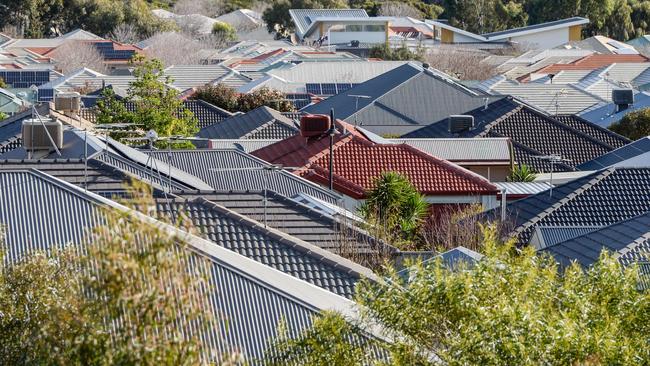
Mr Ransom said the city was running out of land and out of time to deal with the squeeze.
“We have run out of greenfield land in this city. You may think there’s land available out there, there is not,” he said.
“We deal with developers all the time who’re looking for townhouse/greenfield sites for low density product on the fringe of the city – there’s none left.
“We did a study two years ago where we came to the conclusion that there was four-and-a-half years of greenfield supply in the city. That is now about Two-and-a-half years’ supply.”
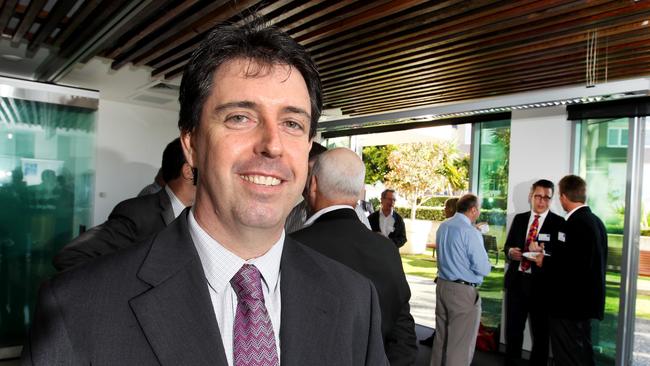
The bulk of remaining housing stock is in the northern suburbs of Coomera and Pimpama, as well as the giant under-construction $1.5bn Skyridge estate at Worongary which will ultimately be home to 10,000 people.
Turning to housing supply, Mr Ransom said the amendments to the Gold Coast City Plan were “going in the wrong direction”.
“They are winding back developing yield in the parts of the city where people want to live. Generally speaking the market is not interested in developing the back streets of Southport, Labrador and Biggera Waters.
“If you mapped out where the cranes are in the city they are along that coastal strip because that’s where people want to live.”

Cr Caldwell dismissed Mr Ransom’s comments but said great development consolidation was needed.
“Suggestions that there are only two years greenfield land supply are fanciful,” he said.
“We do know that as the City reaches its natural development boundaries we need to consolidate with development in existing urban areas.
“The Gold Coast values the green fringe of the city and we can’t afford the environmental or economic cost of uncontrolled expansion of the urban footprint.”
$150pw price hike in fortnight: Coast’s housing crisis
Real estate agents say they are copping “daily, personal abuse” on social media for working in the landlord’s best interests and hiking rents.
A Harcourts Arundel spokesman was responding to a complaint that rent for a single home had risen by $150 in less than two weeks.
The three-bedroom, two-bathroom home in Arundel was first listed at $600 per week on March 23. When renter Amy Robinson looked again this week the price had soared to $750 per week.

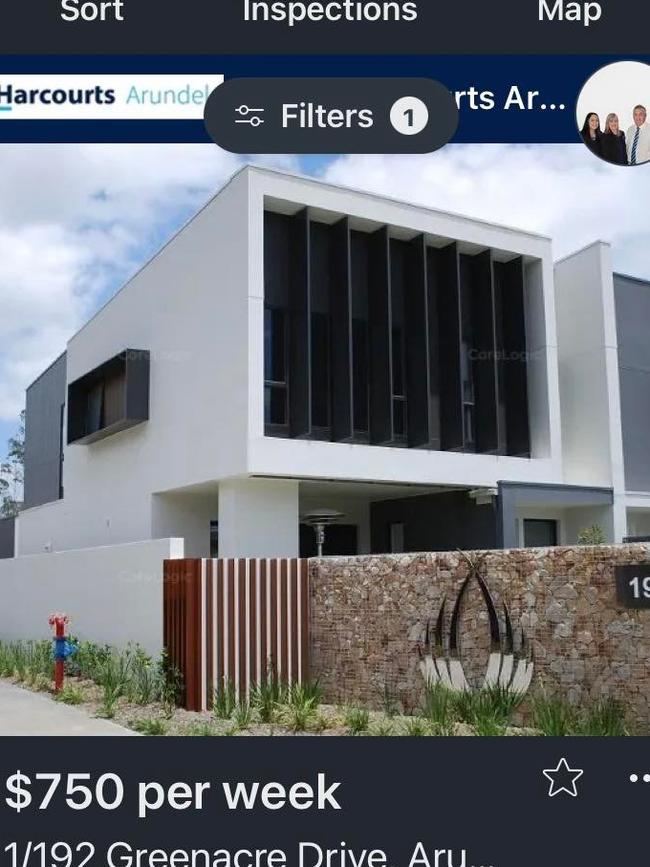
Ms Robinson said she had been searching for a home for six months after her rent rose by more than $100 per week.
“I would never have wasted time inspecting a property out of my reach like that,” she said.
“The reality is without multiple incomes and money to pay upfront more people are being forced out of their homes.”
A Harcourts Arundel spokesman said the property had been initially listed as a relet.
“We were instructed to re-advertise for $750,” she said. “We received over 50 applications and over 200 inquiries on the property which also goes to show that it was under market value at $600 per week.

“In all the years of our combined experience in our office we have never experienced this situation before.
“Landlords are entitled to current market value. It’s not fair that our business has been slandered across social media for working in our client’s best interest.”
Harcourt said it was getting “daily, personal abuse” from people desperate for homes.
HOUSING CRISIS SET TO WORSEN
Queensland needs to build 5000 new social houses in the next decade to arrest a crippling a problem that is costing taxpayers billions, new modelling shows.
The Queensland Council of Social Services says the number of people waiting for homes on the Gold Coast has increased by 80 per cent in four years, and the city’s annual “cost of inaction” by governments would soar from $27.8m to $45.6m by 2036.
In 2022, 3122 families are on the government’s social housing register, up from 1749 in 2017. Many are waiting an average of four years for a home.

“The numbers of families on the social housing waitlist on the Gold Coast has increased by 80 per cent in the past four years, and we anticipate that these numbers will continue to rise,” Queensland Council of Social Services CEO Aimee McVeigh said.
“We are in a housing crisis. It can’t be solved without ambition and action from all levels of government.
“We need a commitment from all sides of politics in the upcoming federal election for a national housing strategy and investment to build 5000 social housing dwellings per year for the next decade in Queensland.
“If we don’t act now and decisively, we’ll cost our economy billions every year.”
New modelling from a Melbourne university shows the Gold Coast’s predicted $45.6m price tag would include:
• Public health costs of homeless and stress/depression;
• Public justice system costs of domestic violence;
• Private health costs of stress/depression;
• Private education costs;
• Reduced disposable income and wellbeing values.
The Sunshine Coast’s annual cost of $16.5m would rise to $27.2m in the same time frame.
Ongoing Bulletin investigations since the beginning of the Covid-19 pandemic have detailed a growing homelessness crisis, including a surge in people sleeping rough in the city’s party precinct of Surfers Paradise and heartbreaking scenes of tent cities in popular parks.
Swinburne University of Technology’s Dr Andi Nygaard – who completed the modelling – said the costs “cannot be ignored”.
“The social and economic problems from our affordable housing shortage will only increase over the next decade if we keep doing what we have been doing – very little,” he said.
“In the absence of additional investment communities are going to see considerable strain on homeless shelters, police, hospitals and other public services.
“Households will have less to spend on children’s wellbeing and education.
“Employers may also feel the cost of increased absenteeism.”
‘Unaffordable’: Why young people can’t live on the Gold Coast anymore
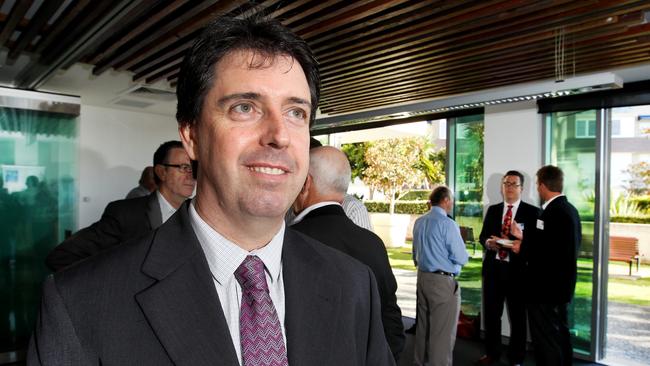
THE Gold Coast housing market is “unaffordable” to young people and is going to become increasingly out of reach for the non-wealthy, a leading town planning warns.
David Ransom, of Zone Planning Group, said the housing stock hitting the market was unaffordable, especially for young buyers.
“Housing affordability is going to become the major issue in this city, it’s the major issue already, and there’s no solution on the horizon,” he told real estate and political figures at Clark Property Partners’ property insights breakfast at Southport Golf Club on Wednesday.
“For younger people who aspire to buy a house on the Gold Coast, or those of you who are parents who want your teenage or early twenties kids to actually leave that room in this house …. and launch into their own house, these are going to be big issues for this city.
“Nothing we’re producing is in any way affordable and there is going to be a shuffling-out affect where people who can’t afford to live here are just going to have to leave the city because we’re not building enough dwellings for them.”
Mr Ransom said affordability would also affect the labour market because workers would not be able to find somewhere to live within their price range.


